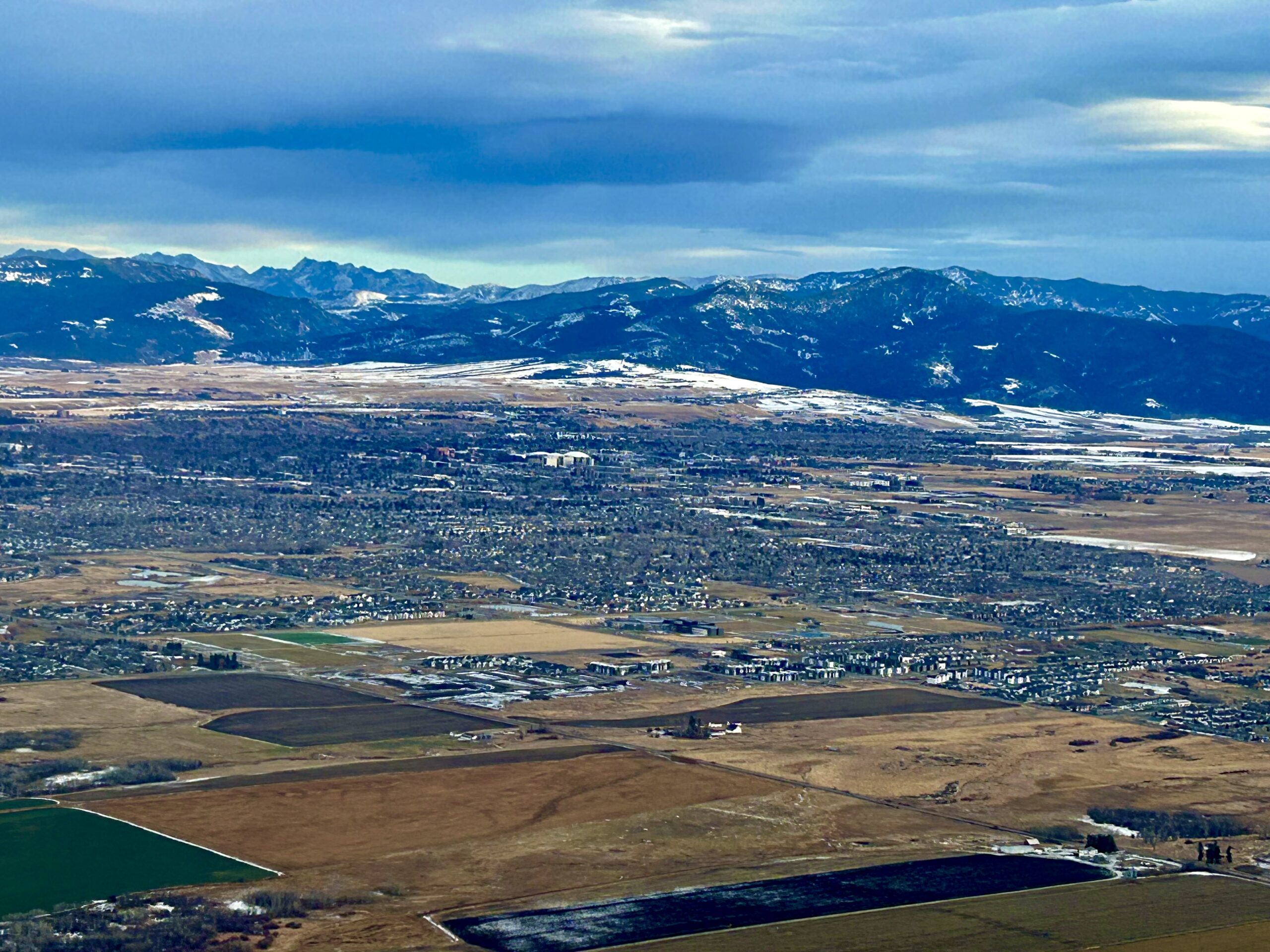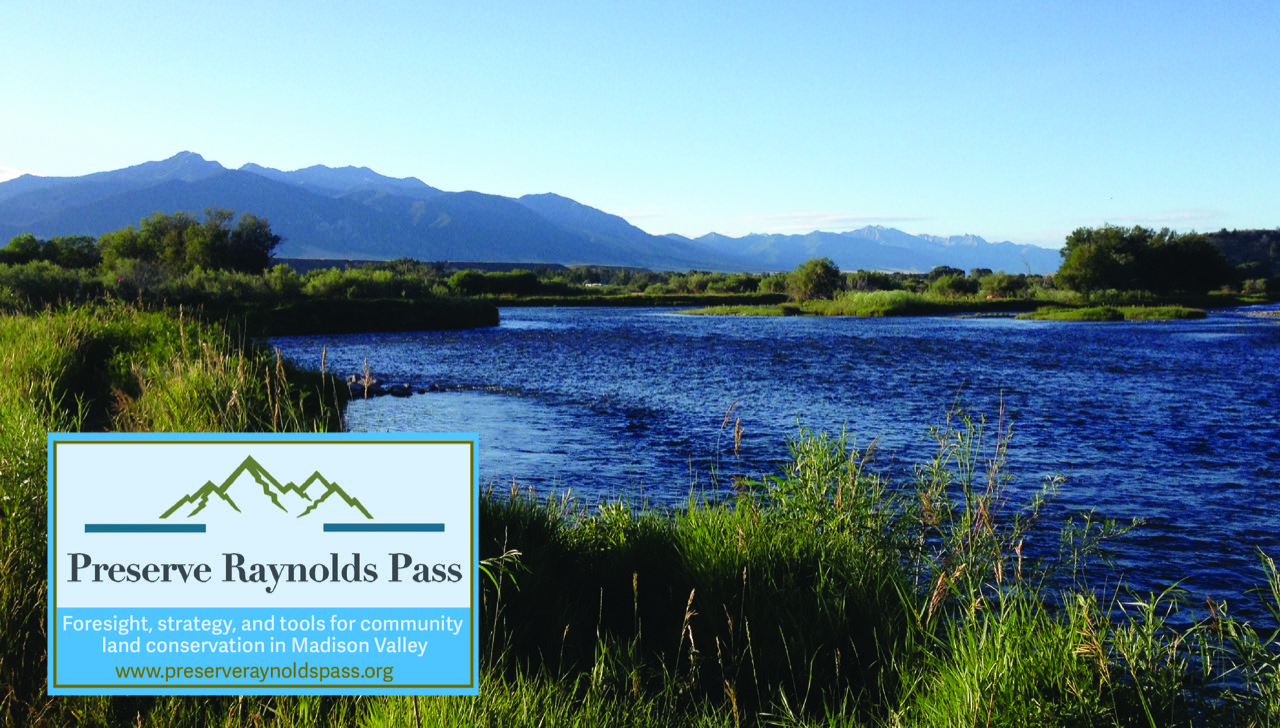NOTE: When this New West column appeared 25 years ago in the Bozeman Daily Chronicle and Jackson Hole News & Guide, the headline for it was: “Subdivide and Conquer: Watch this film if you dare.” Looking back it’s remarkable to think how so much has changed on the private landscapes of Greater Yellowstone and yet, hauntingly, how so little has advanced, in terms of action and foresighted planning, to deal with the sprawl that was coming—and the documentary film warned about. Below is the column, verbatim. The statistics of natural lands being lost then seem quaint compared to today. Yellowstonian is working with producer Jeff Gersh and John Hoskyns-Abrahall at Bullfrog Films to soon bring you a short version of the award-winning documentary they made with Chelsea Congdon. The film, which will air here, features leading thinkers delivering wisdom most counties and cities in Greater Yellowstone and Rocky Mountain West still choose to ignore. The message of Subdivide and Conquer: A Modern Western is more timely now than ever. One of the underwriters was the Turner Foundation. Will all of us be better listeners this time around?
By Todd Wilkinson
(Published on February 13, 2000)
Jeff Gersh and Chelsea Congdon have put together 55 minutes of video footage that will make you squirm.
Their documentary, Subdivide and Conquer: A Modern Western, is an artful and innovatively-rendered story that examines the real costs of sprawl on our “western way of life.”
The film is slated to air later this spring on PBS, and recently was shown at a public hearing on “big box stores” in Bozeman.
“Subdivide and Conquer” should be required viewing for every elected official, every developer, every planning department, every realtor, every environmentalist, every chamber of commerce director, and every newspaper staff in the West, but whether they have the courage to absorb the message is another matter.

At a recent showing in Cody, Wyoming the film was received enthusiastically by citizens who see sprawl chewing away at their local quality of life. Following applause, members of the audience asked Gersh two questions he hears often: “Why weren’t the [Park] county commissioners, the county planners, and representatives of the chamber of commerce here to view the film? And who does the chamber of commerce represent—small businesses which are the backbone of our communities or the corporate superstores?”
Gersh’s film compels us to confront a reality that isn’t easy to behold. “Sprawl, which best summarizes the prevailing development pattern, is not a phenomenon of freedom. It is caused by a poverty of choice,” Gersh says. “That’s the great irony. Most local planning departments in the West fiercely defend what they are doing, and they continually try to convince themselves and the public that they are being creative. In actuality, the narrow-minded policies they defend prevent them from solving problems.”
Developers deserve blame but so often, he says, developers are only responding to market conditions fostered by existing laws and planning paradigms that do not consider sprawl’s real costs. Those costs include traffic gridlock, bad air quality, diminished natural aesthetics, and taxpayers subsidizing services that developers should rightfully pay as a cost of doing business.
Subdivide and Conquer shows that when the property rights movement pushes personal greed at all costs over community values, the result is not always prosperity but an eroding sense of place.
Right now, across the West, at least a third of all private ranchland is for sale. Virtually every river valley in the Rockies is crisscrossed by invisible lines of subdivision awaiting conversion to asphalt.
Gersh calls the Continental Divide the new coast for the 21st century. “We’ve filled up the east and west coasts,” he says. “Now the crowds are coming here and anyone who thinks they aren’t is mistaken.”
Watch the short trailer for Subdivide and Conquer below
He cites recent statistics from the U.S. Department of Agriculture. Between 1992 and 1997, Montana lost 123,000 acres of river banks and scenic ag lands that doubled as wildlife winter range to development, compared to 80,000 acres lost between 1982 and 1992. Over the course of half a generation, it adds up to losing an area the size of Glacier National Park. Planting just 750 homes, each one of them on 35 acres of land, covers an area 40 square miles.
One tragedy is that ranchers and farmers, who suffer the slow torture of watching their heritage being whittled away, do not recognize their true allies.
In Oregon, which has passed laws mandating that municipalities establish urban growth boundaries, the biggest beneficiaries have been both citizens and farmers because it reinforces the value of agriculture, protects wildlands and results in denser developments that are more community-focused.
“Farmers and ranchers are smart. They know what the problem is,” Gersh says. “They understand that residential neighborhoods have zones, and businesses have zones, and they see there’s a strong argument that can be made for having agricultural zones. Those zones are called green belts. In Oregon, farmers are the first ones banging on the doors of the capital whenever there is a threat to the planning-zoning system.”
If Gersh has a single spot of vulnerability, it is his penchant for honesty. He holds the environmental community as responsible for sprawl as anyone else.
Instead of helping to set an example for “smart growth,” staffers of local green groups and biologists routinely contradict their own preaching by living in the middle of riparian areas and on grassy uplands important to wildlife. The future of the wild West, he adds, really comes down to the collective impact of individual decisions.
Gersh’s message to enviros and land managers, who claim to be committed to conservation, is this: Return to living inside the urban boundary, stop being part of the problem, embrace the values that make your community special.
Gersh himself refuses to wallow in despair. He says ecological, aesthetic, and agrarian destruction isn’t a fait accompli. He encourages elected officials, planners and citizens to challenge themselves to think broader – literally, to allow themselves to think out of the box, as manifested in big box stores, strip malls, and cookie cutter subdivisions.
Every westerner doubtless could benefit from a screening of Subdivide and Conquer. But whether we have the courage to view it with an open mind as a true community of neighbors, well, let our kids be the judge.
ENDNOTE: Upon the release of Subdivide and Conquer in 1999, the documentary was reviewed by Mother Jones magazine, which stated, “Offers a revealing look at the perils of unmanaged growth. We may well look back on this documentary 30 years from now as a lesson in How the West Was Lost.” Added Joe Bandy, a professor of sociology at Bowdoin College and who today is a professor at Vanderbilt University with an expertise in community engagement, “More than merely showing the contradictions of the American Dream in its simultaneous romanticization and destruction of nature, Subdivide and Conquer provides a multidimensional critique and various alternatives to one of the greatest environmental problems facing the U.S. today.”
ALSO READ THESE RECENT STORIES FROM YELLOWSTONIAN:
Subdivisons: As Impactful To Wildlife Over Time As Clearcuts, Mines And Energy Combined
What Happens When Greater Yellowstone’s Conservation Movement Goes MIA On Sprawl?
New Scientific Study Focuses On Largest Threat To Greater Yellowstone’s Iconic Wildlife
Meet The Real Madison—And Why It’s Called ‘A Mini-American Serengeti’









